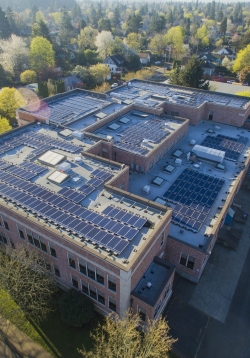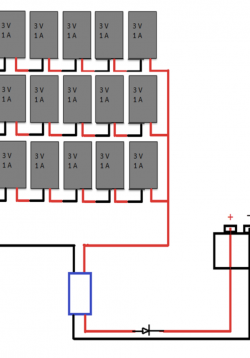Measuring Voltage Using a Microcontroller
In this lesson students will be introduced to series circuits, resistors, a photoresistor and a microcontroller. There’s a lot here, but it boils down to making a voltage divider circuit and measuring the voltage at different points. A second circuit...





